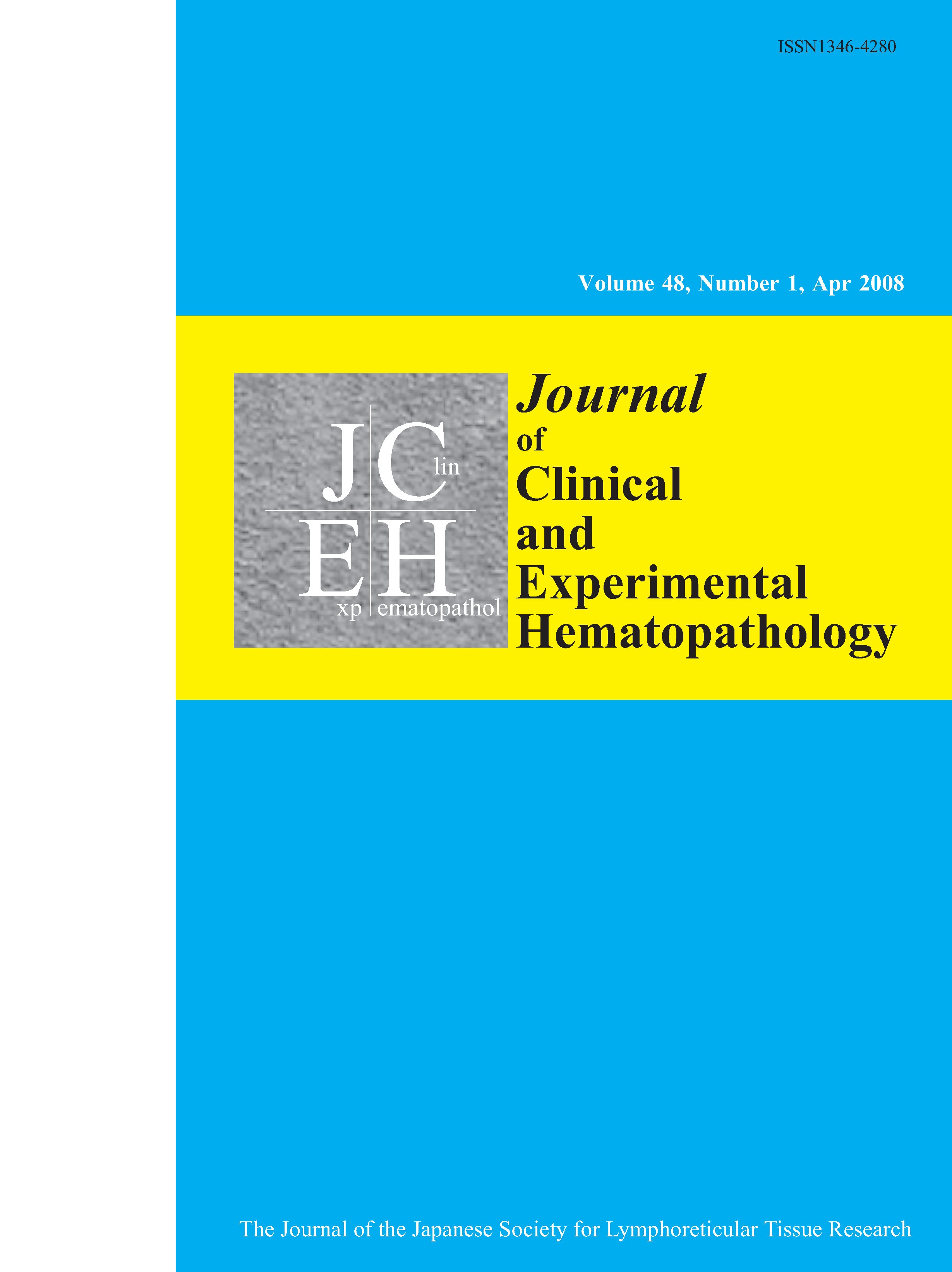Volume 60, Issue 3
Displaying 1-9 of 9 articles from this issue
- |<
- <
- 1
- >
- >|
Review Article
-
2020 Volume 60 Issue 3 Pages 66-72
Published: 2020
Released on J-STAGE: September 25, 2020
Advance online publication: August 08, 2020Download PDF (1972K)
Original Articles
-
2020 Volume 60 Issue 3 Pages 73-77
Published: 2020
Released on J-STAGE: September 25, 2020
Advance online publication: August 08, 2020Download PDF (1625K) -
2020 Volume 60 Issue 3 Pages 78-86
Published: 2020
Released on J-STAGE: September 25, 2020
Advance online publication: July 08, 2020Download PDF (2120K) -
2020 Volume 60 Issue 3 Pages 87-96
Published: 2020
Released on J-STAGE: September 25, 2020
Download PDF (2805K)
Case reports
-
2020 Volume 60 Issue 3 Pages 97-102
Published: 2020
Released on J-STAGE: September 25, 2020
Advance online publication: August 08, 2020Download PDF (2940K) -
2020 Volume 60 Issue 3 Pages 103-107
Published: 2020
Released on J-STAGE: September 25, 2020
Download PDF (2037K) -
2020 Volume 60 Issue 3 Pages 108-112
Published: 2020
Released on J-STAGE: September 25, 2020
Download PDF (3018K)
Letter to the Editor
-
2020 Volume 60 Issue 3 Pages 113-116
Published: 2020
Released on J-STAGE: September 25, 2020
Advance online publication: July 08, 2020Download PDF (2140K)
Conference Case
-
2020 Volume 60 Issue 3 Pages 117-120
Published: 2020
Released on J-STAGE: September 25, 2020
Download PDF (3871K)
- |<
- <
- 1
- >
- >|
